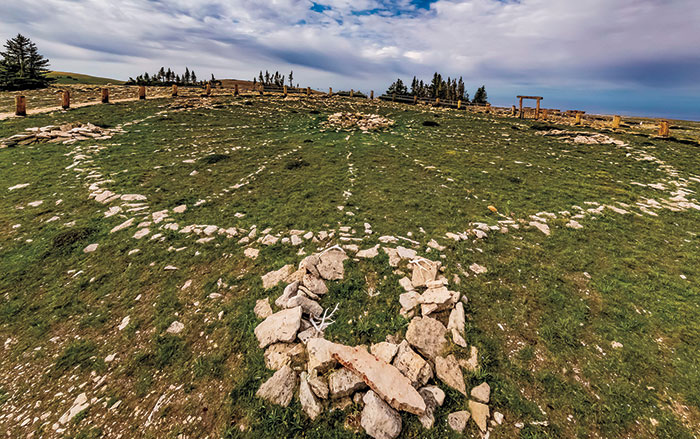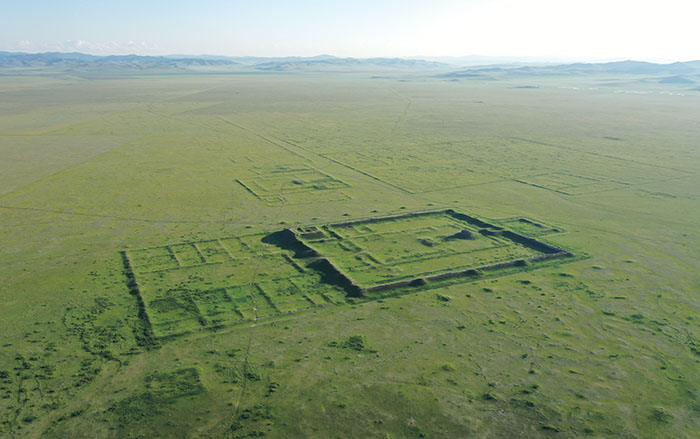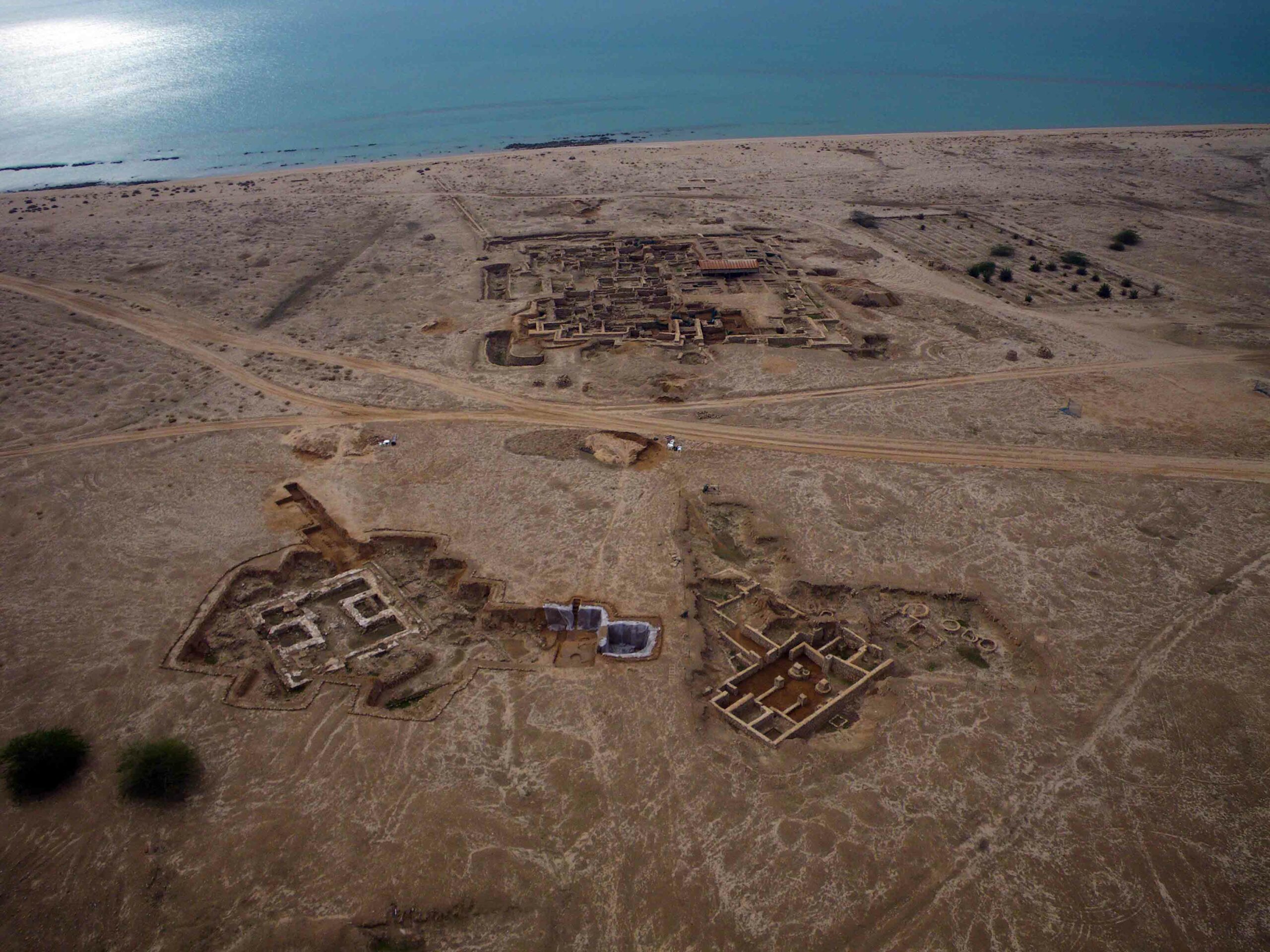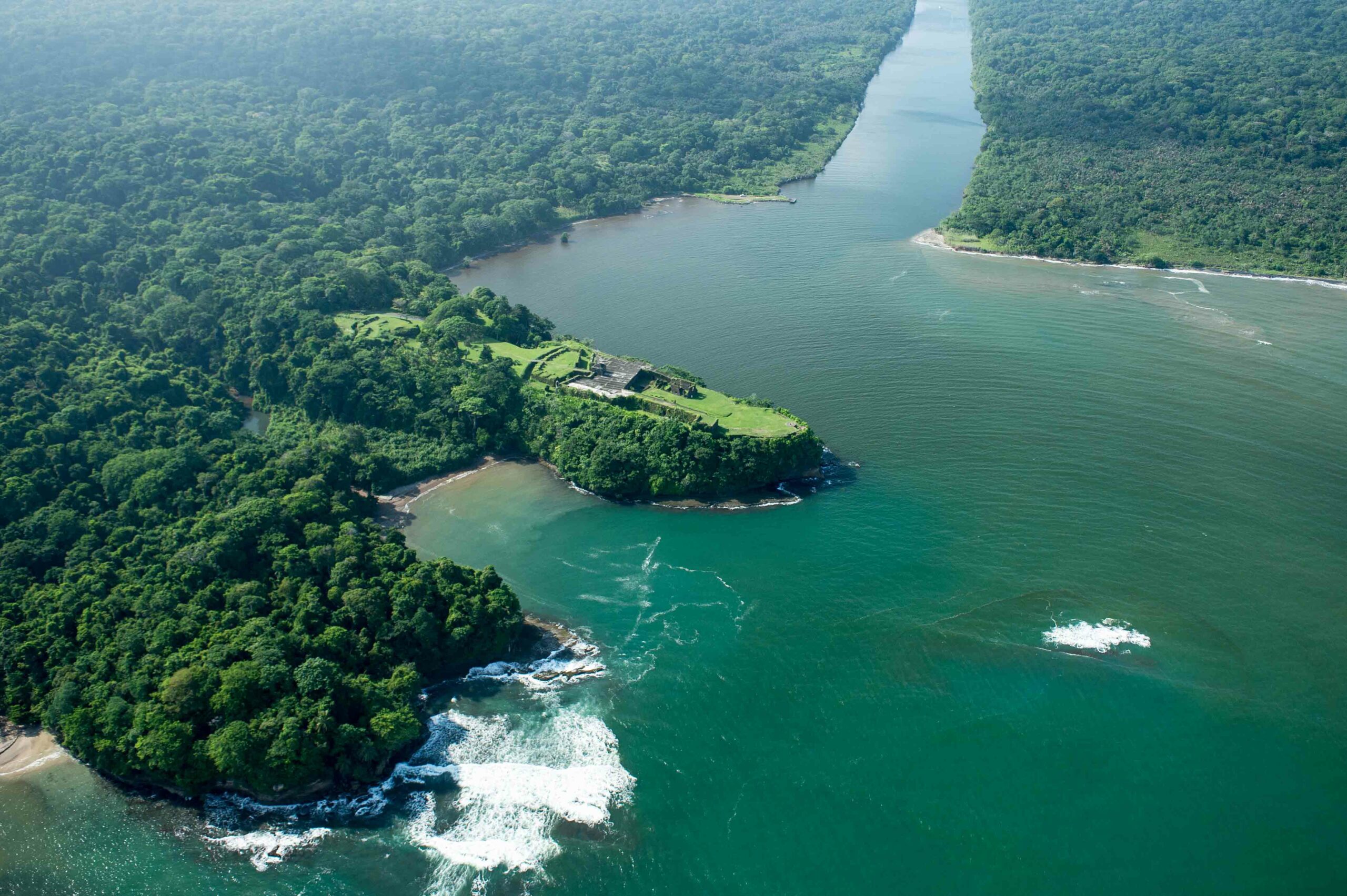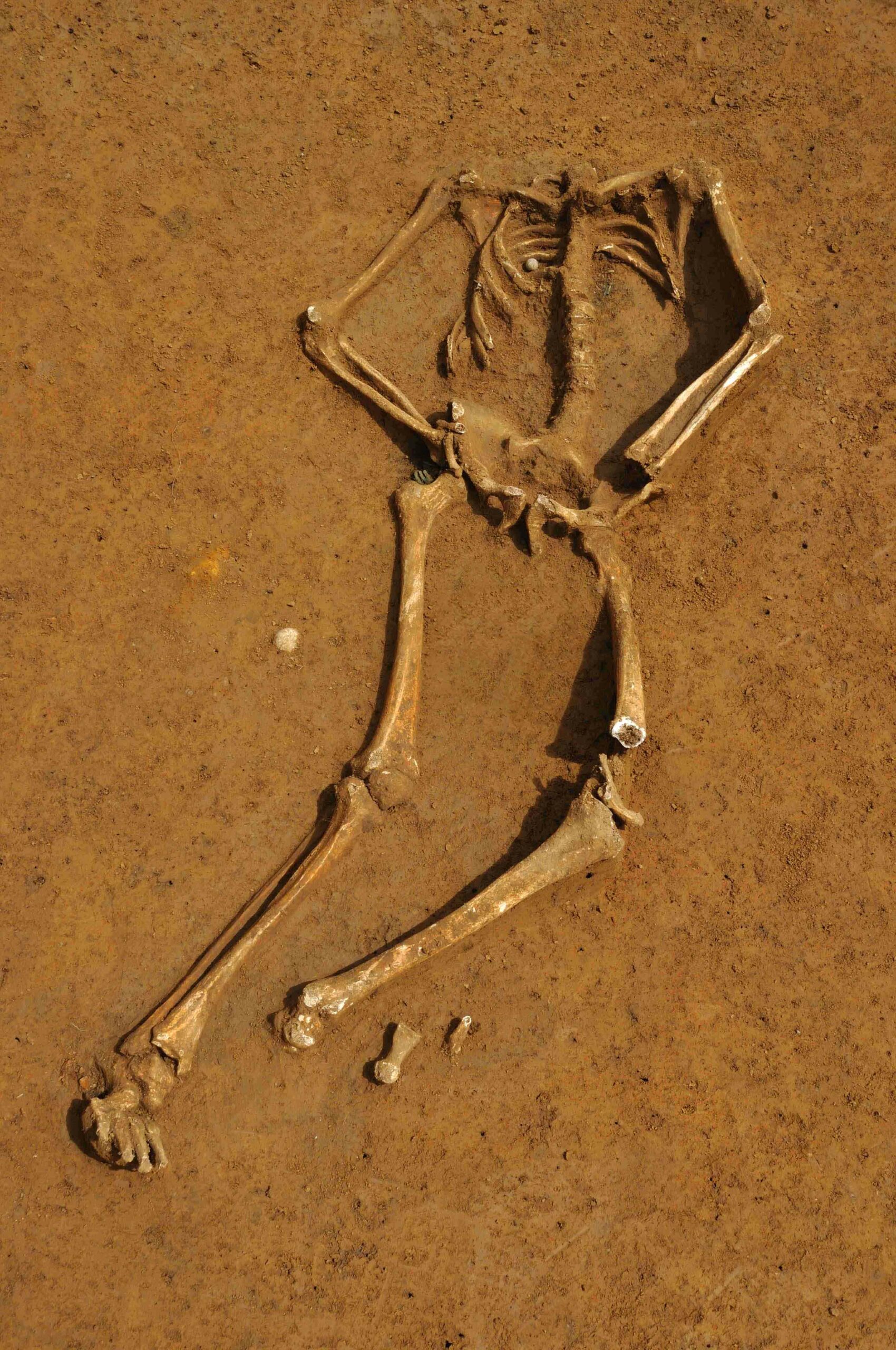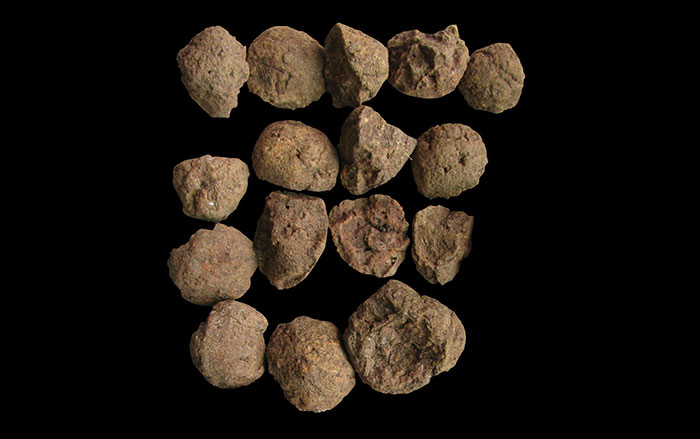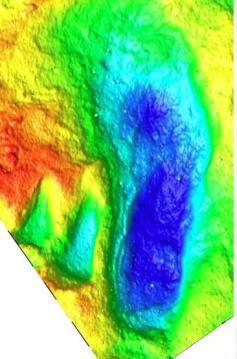
BOURNEMOUTH, ENGLAND—Preserved footprints of human ancestors can offer a wealth of information on everything from ancient climate to the evolution of the human gait. But, impressions dating back tens of thousands of years are not always fossilized in stone. In fact, footprints dating to 1.5 million years ago sit in sand at the northern Kenyan site of Ileret that is in danger of coastal erosion. Researchers at the Bournemouth University contrasted two methods of recording footprints: photographing the impressions from various angles to build up a complete picture, called digital photogrammetry, and optical laser scanning, which can build 3-D light maps of the footprints. Photogrammetry is quicker and less expensive, whereas laser scanning is more precise and more expensive. The research team suggests using both together to make up for each method's shortcomings.


